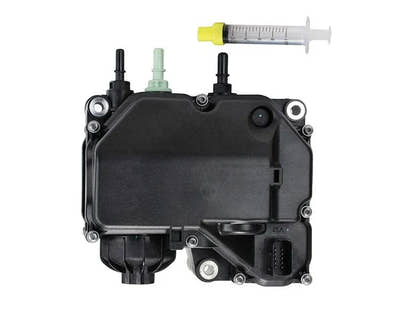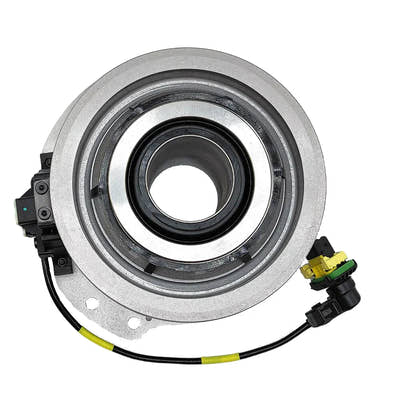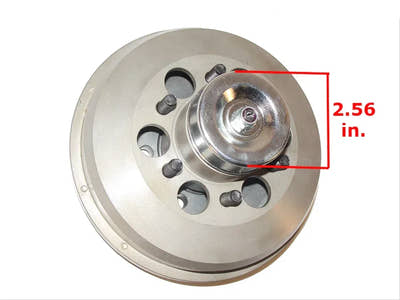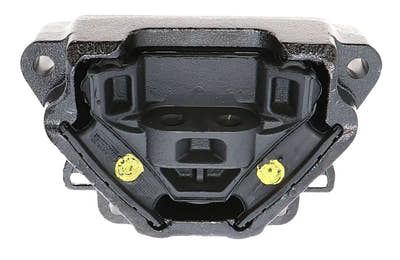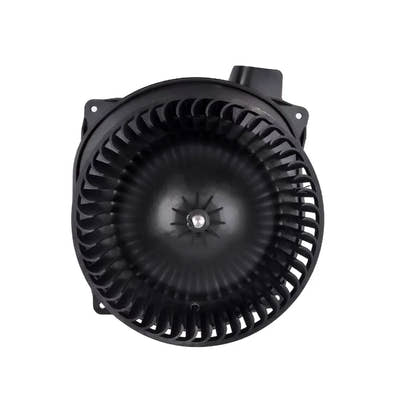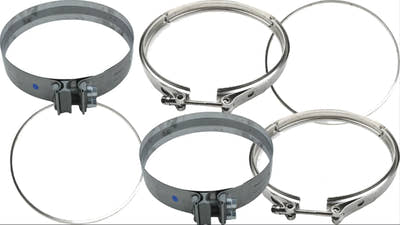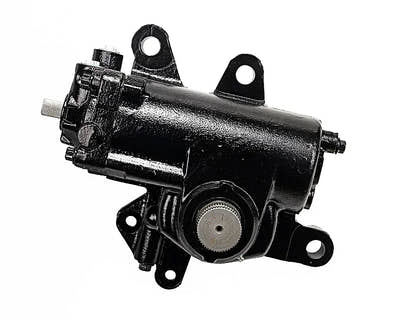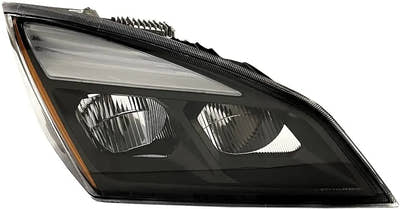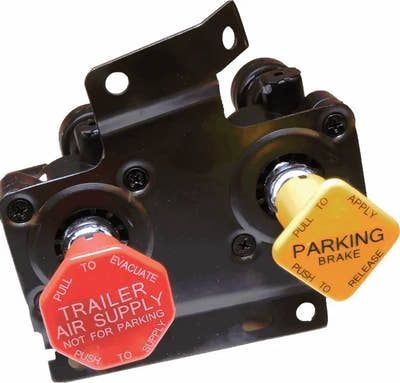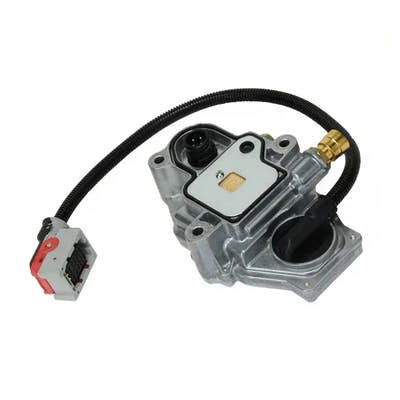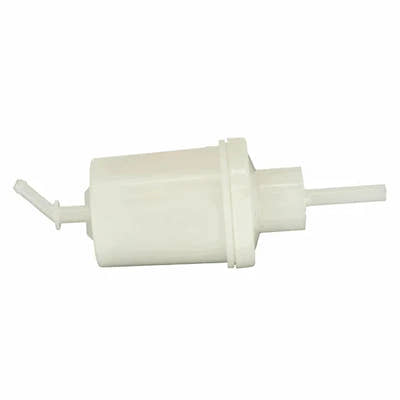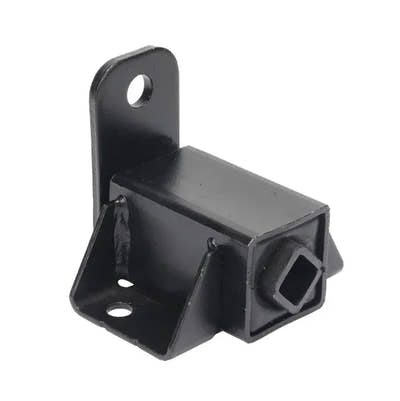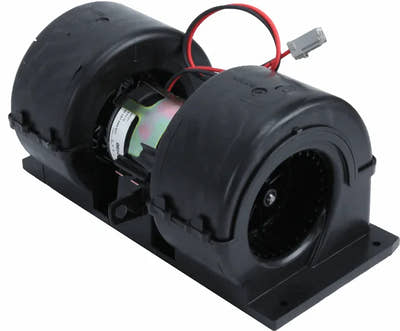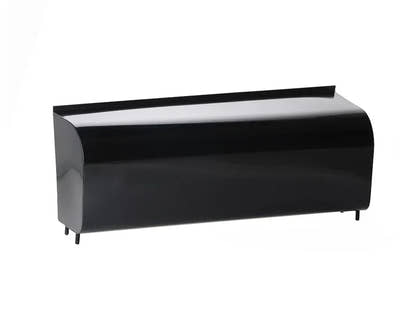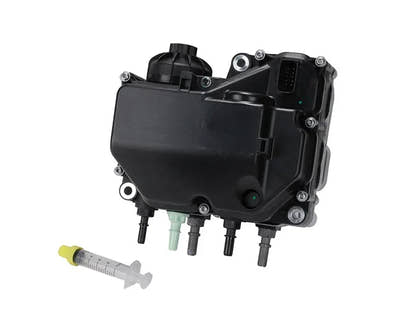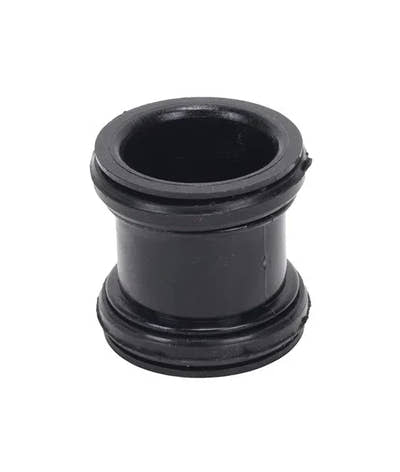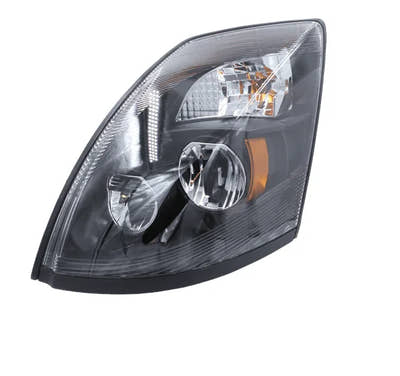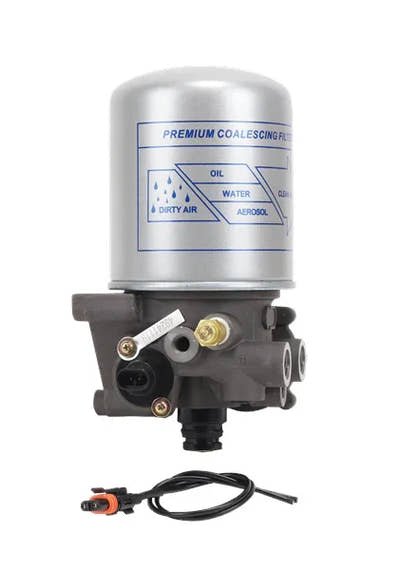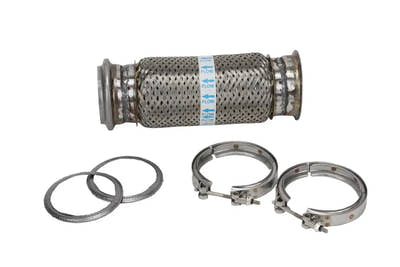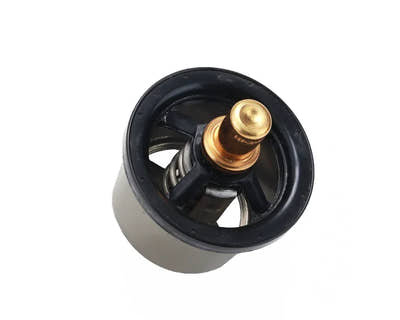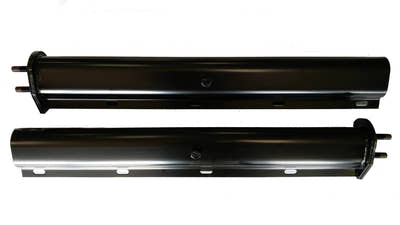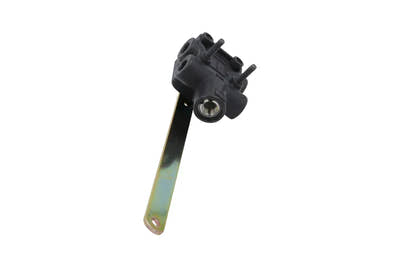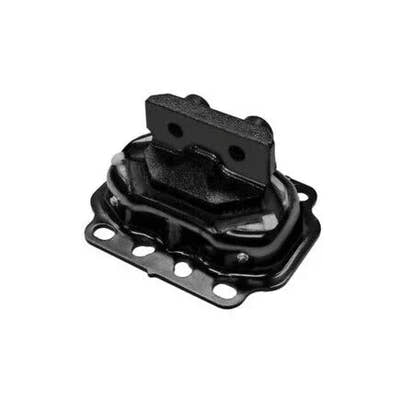How to Troubleshoot and Repair Issues with the DPF Pressure Sensor on a Kenworth T680 with a Cummins ISX Engine
The diesel particulate filter (DPF) pressure sensor on a Kenworth T680 with a Cummins ISX engine is an important part of the emission control system. This sensor measures the pressure differential across the DPF and sends a signal to the engine control module (ECM). If the DPF pressure sensor is not functioning properly, it can lead to problems with the emission control system and may result in failed regenerations, excessive or not enough DEF consumption, 5mph derate, DEF crystallization build up in the SCR system, etc. In this article, we will go over the steps to troubleshoot and repair issues with the DPF pressure sensor on a Kenworth T680 with a Cummins ISX engine.
Step 1: Check for fault codes related to the DPF pressure sensor.
- Use a diagnostic scan tool to retrieve fault codes related to the DPF pressure sensor.
- Determine if the sensor is causing the issue by checking for codes related to the DPF pressure sensor.
Step 2: Perform a forced regeneration and monitor the parameters throughout the process.
- It may first be necessary to clear the fault codes first if the scan tool allows.
- During the regeneration process, be sure to monitor the temperatures, pressures, flow rates, etc.
- If the regeneration does not complete successfully or the parameters are not correct, it may be an indication of a problem with the DPF pressure sensor or another component of the emission control system.
Step 3: Check/test the DPF pressure sensor.
- Inspect the sensor for any signs of damage or debris. Cracks and leaking components of the sensor are common due to the extreme heat on the plastic sensor.
- Also check the DPF pressure sensor tubes for soot build up, this is very common and causes the same issues. To clean you can just blow the tubes through with air, scrub them with a cylindrical brush or flush with a degreaser / solvent.
- Note that just because the sensor looks fine does not mean internally it is fine. Refer to manufacturer specifications to test the DPF pressure sensor to determine if it puts out the correct resistance across the pins etc.
- Replace the sensor if needed.
Step 4: Check the wiring and connectors for the DPF pressure sensor.
- Inspect the wiring and connectors for any signs of damage, melting or corrosion.
- Repair or replace the wiring and connectors as needed.
- Refer to the manufacturer specifications for a pin out diagram to check voltage, resistance etc.
Step 5: Check for issues with the exhaust system.
- Inspect the exhaust system for any issues, such as leaks or blockages. This can change the pressure in the system and blame it on the DPF pressure sensor
- Repair or replace any faulty components as needed.
Step 6: Check for issues with the DPF or DOC.
- Probably the most expensive solution, but unfortunately if you’re seeing this code, are required to regen very often (like everyday) along with other codes, it may be best to get your DPF or DOC (diesel oxidation catalyst) inspected. If the DPF or DOC pass inspection you may just need to get the filters cleaned to remove the excess “ash” or soot.
- If you suspect that there may be an issue with the DPF, have the vehicle inspected by a professional.
- Have any faulty components repaired or replaced as needed.
Remember, if your semi truck is in derate even after identifying and replacing the failed part, you may still need to clear fault codes, reset parameters, perform a forced regen and depending on the model perform an SCR efficiency test. Some trucks even require special procedures to be performed alongside the forced regen and SCR efficiency test in order to remove the derate and CEL inducement lamps aka Check Engine Lights.
By following these steps, you should be able to troubleshoot and repair issues with the DPF pressure sensor on a Kenworth T680 with a Cummins ISX engine. If you are unable to fix the issue on your own, it is recommended that you bring the vehicle to a qualified heavy duty diesel or semi truck repair shop for further diagnosis and repair.

